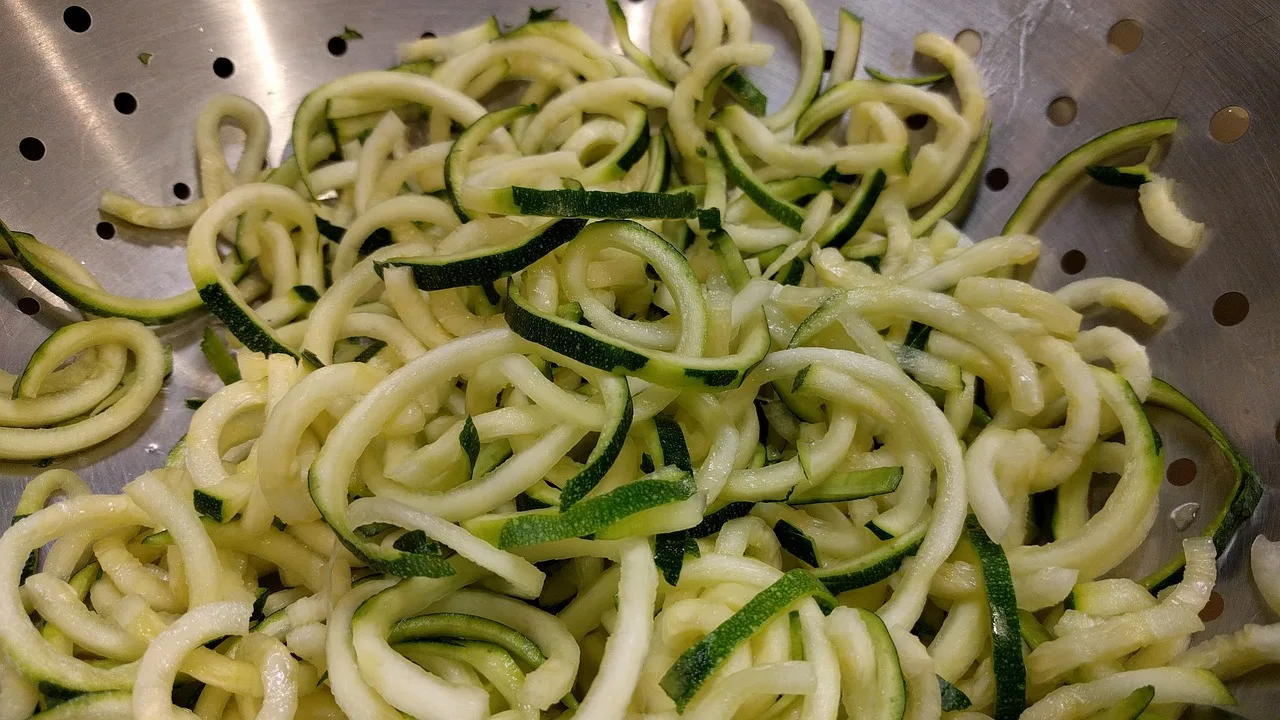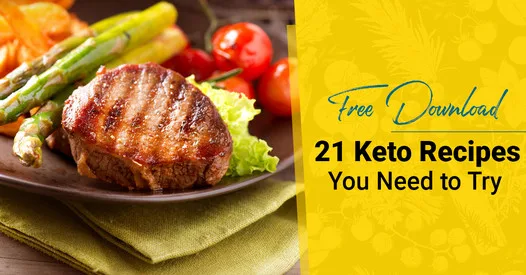Are you considering the switch from a high protein diet to a ketogenic one for fat loss? The path can be not without its challenges, but with the proper knowledge, the transition can be smooth and rewarding. This article is tailored specifically for those seeking to understand the process, benefits, and potential pitfalls of transitioning from a high protein diet to a ketogenic one. You’ll gain insights into the science behind these diets and practical tips to make the switch while optimizing your fat loss results.
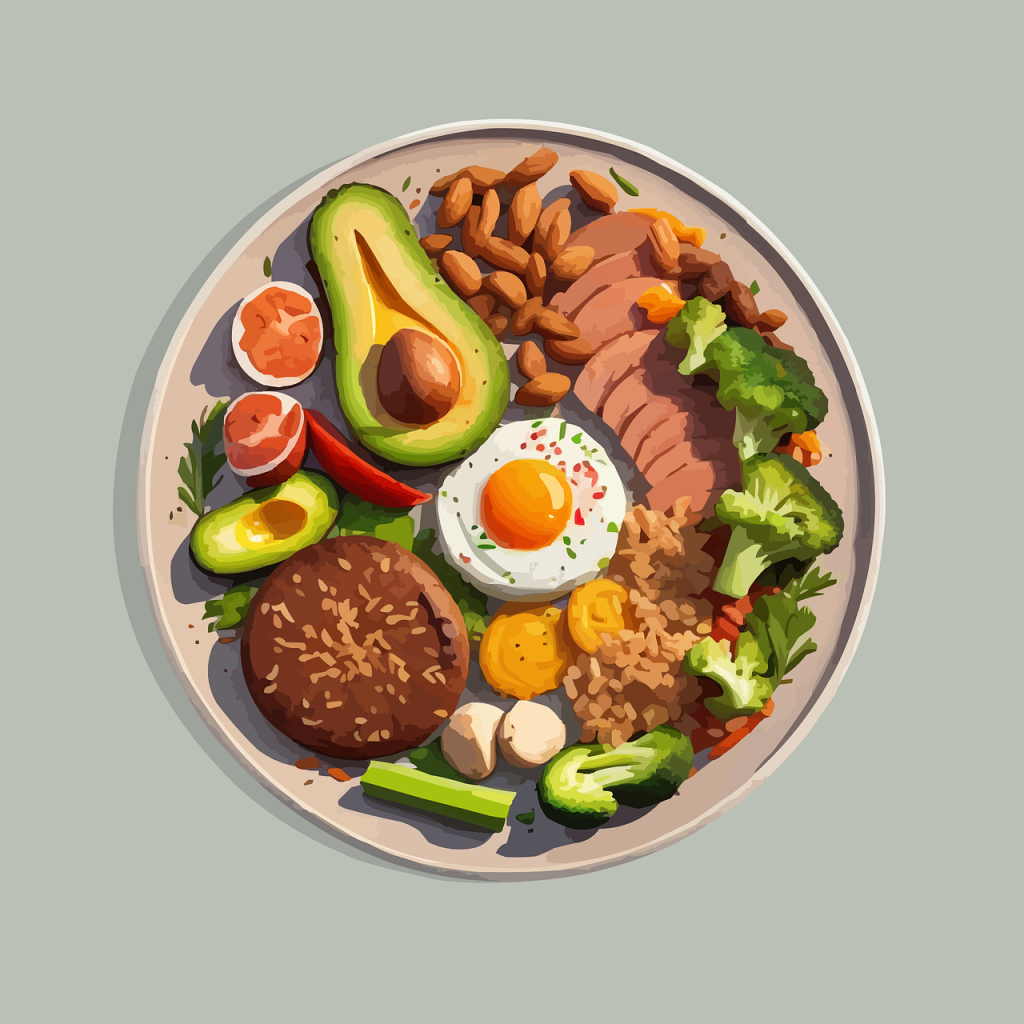
Understanding the High Protein Diet
Having been in the limelight for quite some time, the high protein diet may not be a stranger to your ears. However, before delving into its specifics, let’s settle the basics.
What is a High Protein Diet?
Just as you’d guess from its name, a high protein diet is one that is characterized by a larger portion of your daily caloric intake coming from proteins. This diet encourages the consumption of protein-rich foods like lean meats, dairy, eggs, and legumes, sprinkled with some whole grains and vegetables.
Popular High Protein Diets
You might be familiar with some of the most popular high protein diets, like the Atkins diet, the South Beach diet, or the Paleo diet. These diets are known for their focus on protein, but they’re all unique in their own ways. The Atkins diet, for instance, emphasizes a low carbohydrate intake alongside high protein, while the Paleo diet recommends foods that would have been consumed during the Paleolithic era.
Benefits of High Protein Diets
High protein diets are often lauded for their weight loss benefits. This is because protein gives you a feeling of fullness, helping to curb mindless snacking and overeating. Additionally, protein requires more energy for digestion, which can aid in burning more calories. It is also cherished due to its contributions to muscle building and recovery, making it a favorite among athletes and workout enthusiasts.
Potential Drawbacks of High Protein Diets
While the benefits of such diets are enticing, it’s essential to note that high protein diets aren’t without their shortcomings. Some potential drawbacks include nutrient deficiencies due to the exclusion of certain food groups, increased strain on the kidneys, potential increases in cholesterol levels, and potential weight regain once one returns to their normal eating habits.
Understanding the Ketogenic Diet
Embedded in various success stories of weight loss and improved health markers, the ketogenic diet has attracted a lot of attention. Let’s break it down:
What is the Ketogenic Diet?
A ketogenic diet is a high fat, moderate protein, very low carbohydrate eating approach. It involves drastically reducing carbohydrate consumption and replacing it with fats, making your body efficiently burn fat for energy and transition into a state of metabolic ketosis.
How Does the Body Enter Ketosis?
To enter into ketosis, your body must go through a metabolic shift. As you begin to consume fewer carbs and more fats, your body will deplete its glycogen stores. Your liver will then start converting fatty acids into ketones for energy.
Benefits of the Ketogenic Diet
The ketogenic diet comes with a host of benefits, like rapid weight loss due to the ability to burn stored fat, reduced hunger, improved heart health due to an increase in HDL (good) cholesterol, and potential improvements in conditions like epilepsy, Alzheimer’s, and diabetes.
Potential Drawbacks of the Ketogenic Diet
However, nothing is perfect, and the ketogenic diet does come with potential drawbacks. These may include the “keto flu”, which is made up of symptoms like headaches and fatigue, a potential rise in LDL (bad) cholesterol due to the high-fat nature of the diet, nutrient deficiencies through the elimination of certain food groups, and possibly reduced athletic performance during the transitional period.
Why Shift From a High Protein to a Ketogenic Diet?
The idea of transitioning from high protein to a ketogenic diet might seem daunting at first, but it has its perks.
Comparing Fat Loss on High Protein vs Keto
While both high protein and ketogenic diets have potential for weight loss, the main difference lies in the target: High-protein diets rely more on a caloric deficit and possible appetite reduction due to the satiating nature of protein, whereas ketogenic diets primarily target stored body fat through a metabolic state called ketosis.
Nutritional Differences Between the Two Diets
The key differences lie in the ratios of macronutrients consumed. High protein diets especially emphasize protein – typically around 30% to 50% of total caloric intake, with the remaining split between fats and carbohydrates. However, a ketogenic diet flips this ratio, with about 60%-75% of calories from fats, 15%-30% from protein, and 5%-10% from carbs.
Which Diet Is More Satiating?
Both diets can be satiating in their own ways. The high protein diet is known for the satiating nature of protein, which aids in weight loss by curbing hunger. The ketogenic diet, however, can also support satiety through a reduced feeling of hunger, thanks to the production of ketones and a lower insulin response due to very low carbohydrate consumption.
Strategies for Transitioning from High Protein to Keto
Transitioning from a high protein to a ketogenic diet does require some planning and effort. Here are some strategies to help you make the switch:
Gradually Reducing Protein Intake
Instead of abruptly cutting back the protein, try slowly reducing it over a span of weeks. This gradual transition can make your shift to keto less overwhelming while allowing your body to adjust.
Increasing Healthy Fat Intake
As you reduce protein, you’ll need to balance your diet with an increased intake of healthy, high-quality fats. Think along the lines of avocados, nuts and seeds, fatty fish, and oils such as olive and avocado.
Eliminating Carbs from Your Diet
Given how a ketogenic diet is extremely low in carbs, you’ll need to essentially eliminate carbs from your diet. This means avoiding foods like bread, pasta, grains, sugars, starchy vegetables, and most fruits.
Implementing Intermittent Fasting
Intermittent fasting may also aid your transition to keto. By eating only during certain windows of the day, you can expedite the depletion of glycogen stores and the production of ketones.

How to Determine Your Macro Ratios for Keto
Planning your macro ratios is crucial to successfully transitioning to keto and maintaining a state of ketosis.
Understanding Macronutrients
Macronutrients, or “macros” for short, are the nutrients our bodies need in larger quantities: carbohydrates, protein, and fats. As we’ve outlined earlier, the ratio of these macros is particularly important in a ketogenic diet.
Calculating Your Daily Caloric Need
Your daily caloric need is determined by a multitude of factors like your age, sex, weight, level of physical activity, and metabolic health. You’ll first need to calculate this before you can figure out the specific grams of each macro you need to consume to remain in ketosis.
Setting Your Macro Ratios
Once your daily caloric need is figured out, you can set your macro ratios within the standard guideline for a ketogenic diet: 60%-75% of calories from fats, 15%-30% from protein, and 5%-10% from carbs.
Using Online Calculators or Apps
Using online calculators or mobile apps can help you determine and track your macro ratios. These tools can help simplify the process and lead to a smoother transition into and maintaining of a ketogenic diet.
Dealing with the Keto Flu
The initial transition into ketosis is generally accompanied by a few side effects known collectively as the “keto flu”.
What is the Keto Flu?
Naming it after the flu isn’t a fluke: it’s a collection of flu-like symptoms that occur upon your body entering ketosis.
Symptoms of the Keto Flu
Symptoms may include fatigue, headache, irritability, difficulty focusing, lack of motivation, dizziness, sugar cravings, nausea, and sleep disturbances.
Managing Symptoms of Keto Flu
Thankfully, managing these symptoms is entirely possible. Consuming enough electrolytes, staying well-hydrated, getting enough sleep, eating enough healthy fats, and being physically active can all contribute to alleviating these symptoms.
Preventing the Keto Flu
Proactive steps can also be taken to prevent or minimize the symptoms of the ‘keto flu.’ Consuming plenty of water, replenishing electrolytes, avoiding strenuous activity during the initial few days, and getting ample rest can all contribute to a smoother transition.
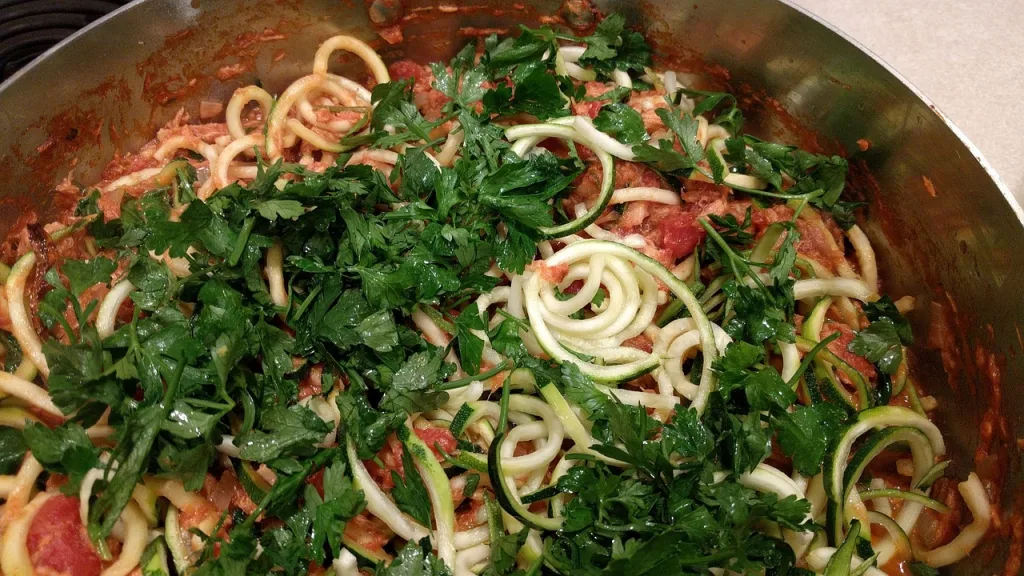
Maintaining the Ketogenic Diet
One of the challenges of the ketogenic diet is maintaining it. Here are some tips to do so:
Meal Planning and Preparation
Planning your meals in advance can be a game-changer. It ensures that you maintain the macro ratios necessary for ketosis and makes it easy to bypass foods that could potentially kick you out of ketosis.
Dealing with Cravings
The transition can be tough, and cravings can hitch a ride along the way. In such times, fill up on ketosis-friendly foods and remind yourself of the bigger picture.
Stick with Whole, Unprocessed Foods
Processed foods often come with hidden sugars and unhealthy fats. Sticking to whole, unprocessed foods not only helps keep your carb count in check but is also beneficial for your overall health.
Staying Hydrated
Your body tends to lose water rapidly when you first embark on a ketogenic diet. Keeping well-hydrated is essential, not just for managing the symptoms of the keto flu, but also for maintaining your overall health while in ketosis.
Getting Adequate Sleep
Lack of sleep disrupts various body systems, including your hunger hormones. Therefore, gratitude, obtaining adequate, quality sleep is important in maintaining a successful ketogenic lifestyle.
What to Expect in the Initial Weeks
The transition into a ketogenic diet brings changes, especially during the initial weeks.
Weight Loss
Many experience a noticeable weight loss during the first week or two. This is typically due to the loss of water weight – a consequence of depleted glycogen stores.
Increased Energy and Focus
Once your body becomes accustomed to burning fat for fuel, you’ll likely experience an increase in energy levels. Many people also report improved focus and mental clarity.
Changes in Physical Performance
During the initial transition period, you might experience a decrease in physical performance. However, as your body becomes “fat-adapted,” many find their performance returns to normal or even improves.
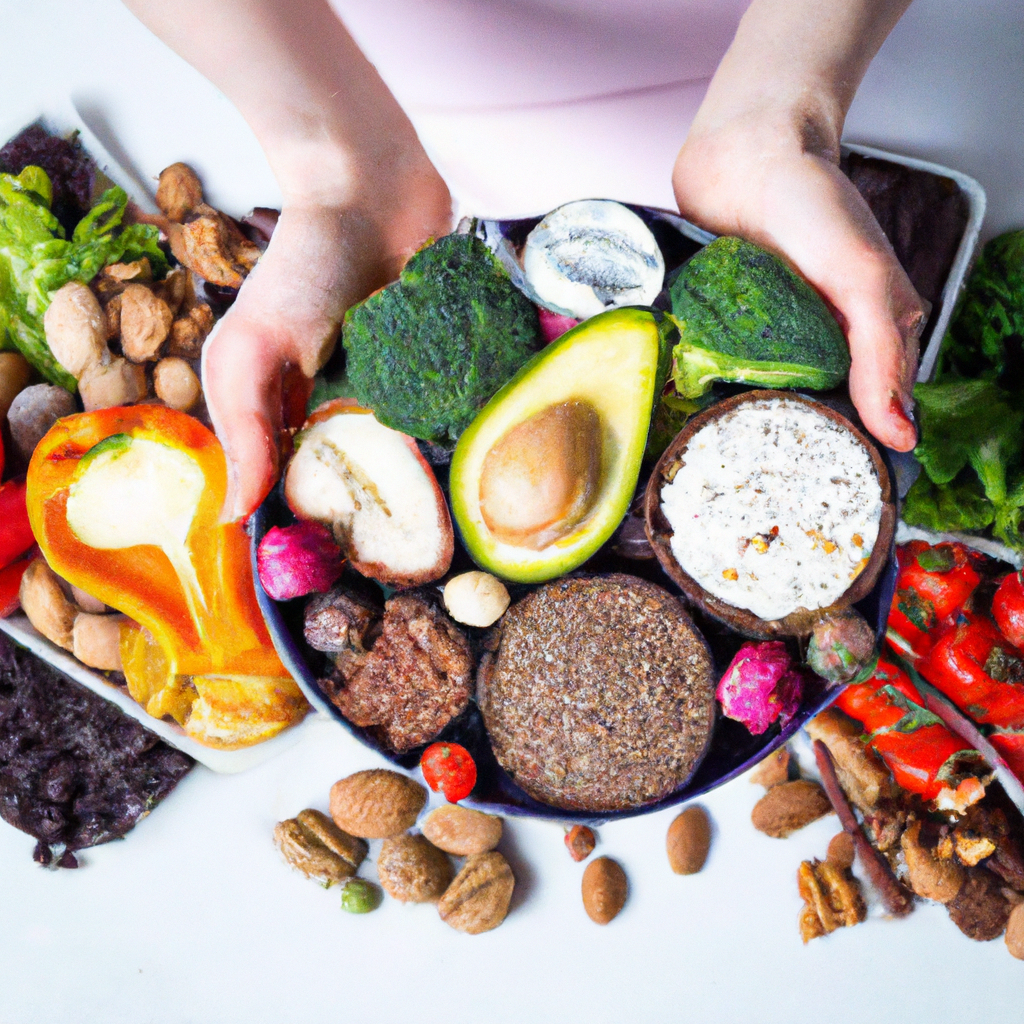
How to Monitor Your Progress
Tracking progress is an important part of every health-related journey.
Using a Body Composition Scale
A Body Composition Scale goes beyond conventional scales to give you a better insight about changes in muscle mass, body fat percentage, and water weight.
Taking Body Measurements
In addition to weight, taking body measurements can be a more accurate indicator of physical changes as the scale may not always reflect muscle gains or fat loss.
Using Progress Photos
When you see yourself every day, it can be hard to spot changes your body undergoes. Taking progress photos over time can really illustrate your journey on a ketogenic diet.
Keeping a Journal
Writing down your meals and their macronutrient content, how you felt, your sleep details, training, and any other observations can be very beneficial. You may spot trends or patterns that can help you adjust your diet for the better.
Addressing Common Myths and Misconceptions
Transitioning from a high protein to a ketogenic diet can be stressful, and specific myths and misconceptions don’t make it easier.
Keto Is a High Protein Diet
Despite popular belief, a ketogenic diet is not a high protein diet. The primary source of calories in a ketogenic diet is from fat, while protein intake is actually moderate.
You Can Eat Whatever You Want on Keto
While a ketogenic diet is relatively lenient concerning eating fat, that doesn’t mean you can eat just any fatty foods. The emphasis is still on eating wholesome, nutritious foods.
Eating Fat Makes You Fat
Just because your diet is high in fat, doesn’t mean you’ll amass body fat. The ketogenic diet enables your body to become efficient at burning fat.
Keto Is Unsustainable
Maintaining a ketogenic diet can be sustainable with the right mindset and the correct preparation. Optimal health requires a series of persistent, long-term lifestyle choices, and keto is no different.
In conclusion, transitioning from a high protein diet to a ketogenic diet for fat loss requires a shift in mindset, some planning, and a learning curve but can offer a host of benefits for those who can sustain it. Always remember to consult with a healthcare provider before embarking on any new diet plan, high protein, ketogenic, or otherwise!
